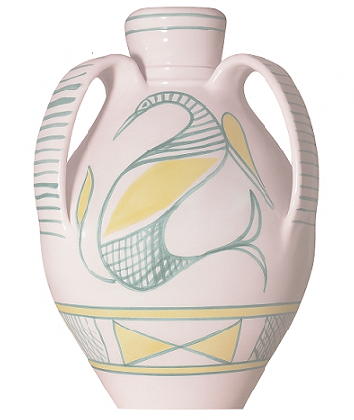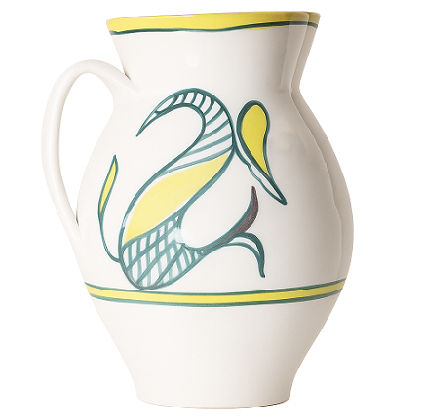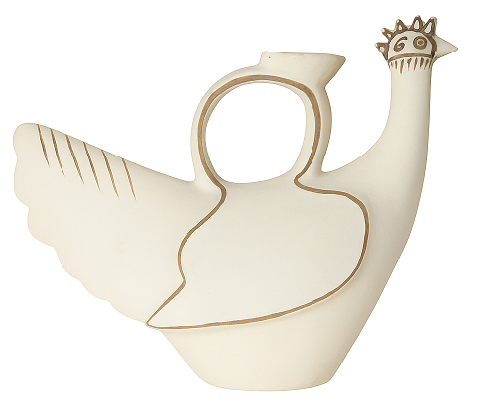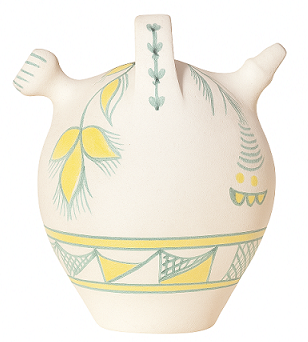Origin and History Cultural Heritage
Faro, located six kilometers from Oviedo, is notable for its historic pottery tradition dating back to the Early Middle Ages. It was an important craft center passed down through generations. Today, only one family-run pottery workshop remains in operation.
Pottery Production
Raw Materials and Preparation
The fundamental raw material was clay, which was traditionally brought from "Prau Manolo La Bárbola", transported by carts and mules. Today, its extraction is simpler and comes from the parish of Pando.
There were two types of clay, as in other Asturian pottery areas like Llamas del Mouro:
Traditional Kneading
The clay was kneaded in a large hollowed-out chestnut trunk called a "duernu", and stirred with a long-handled "foz" until achieving a soft, malleable mass. It was then divided into equal portions called "peyas", ensuring uniformity in piece sizes.
Potter's Wheel
Once the clay was prepared, it went to the wheel where the potter skillfully shaped each piece by hand with great dexterity and precision, following techniques passed down through generations.
Characteristic Pieces
The most common and commercially important pieces were kitchen utensils and storage containers:
Traditional Decoration
Many pieces were decorated with the "paxara", a traditional motif representing a bird-fish with an egg inside, symbolizing fertility and protection in Asturian culture.
Drying and Firing
Natural Drying
Drying the pieces required extreme care. They were placed on boards and left to air dry for about three to four days, depending on weather conditions. This process was essential to prevent cracks and deformations in the pieces.
Traditional Kiln Firing
Subsequently, they were fired in traditional wood-burning kilns, built of adobe or stone, where they reached high temperatures ensuring their resistance and durability. Some pieces received lead or tin glazes, but most maintained the typical red earthenware of Asturian folk pottery.
Decline and Revival
As happened with many other crafts, the arrival of industrial materials and new production methods caused Faro pottery to decline in the 20th century. Family workshops closed in the face of competition from cheaper, standardized products.
Heritage Preservation
Nevertheless, its memory and heritage value have been preserved through studies, ethnographic collections, and growing interest in recovering this Asturian cultural heritage. Today, there are initiatives to keep this tradition alive and workshops that continue producing pieces using traditional techniques.







